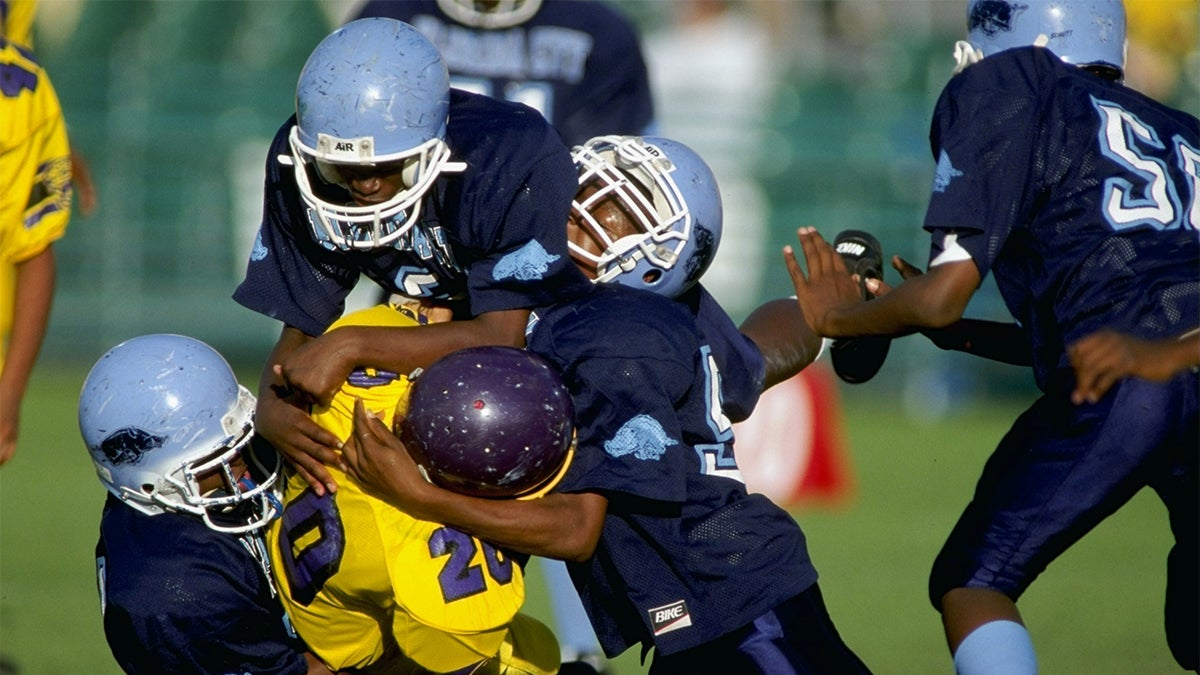Playing impact sports in high school can cause 'significant' changes in brain

Chronic traumatic encephalopathy (CTE) has been associated with playing football. A study done by scientists at University of California, Berkeley, the University of North Carolina and Duke found that playing impact sports such as football in high school can have long-term “significant changes in the structure of the gray matter in the front and rear of the brain.”

“There are many critical biological processes going on, and it is unknown how these changes can affect how the brain matures and develops,” according to Chunlei Liu of the Helen Wills Neuroscience Institute at UC Berkeley.
Researchers took MRI brain scans of 16 high school football players age 15 to 17 and compared the before and after season images. The study reported that all players wore helmets and did not receive hits that were “severe enough to constitute a concussion.”
The results showed there were no immediate damages to the students’ cognitive function or motor skills. However, Liu, the study’s senior author, said “it is becoming pretty clear that repetitive impacts to the head can cause changes in the brain” and “such changes would be harmful over the long term.”
CTE is classified as a buildup of a protein called “pathogenic tau protein” that can spread and kill brain cells. The front and rear parts of the brain are more susceptible to damages in cognitive motor functions, mood/how one acts and “an increased risk of neurological disorders,” according to the article, “even when the blows do not cause [a] concussion.”
The study states this “gray matter,” along with white matter, make up the characteristics of the brain that are found in its interior. Consistent hits to the head can tangle “long neural wires that pass messages between different brain regions,” according to the study.
While it is ultimately up to the student to decide if they want to continue playing impact sports, researchers urge caution. “It would be reasonable to debate at what age it would be most critical for the brain to endure these sorts of consequences,” according to Liu.
Tyler Dare is a senior journalism major at Arizona State University
Related Articles
Conflicting research on CTE shows need for more study
New research, technology aimed at minimizing concussions
Study shows brain changes in football players could be from learned hand-eye coordination skills

